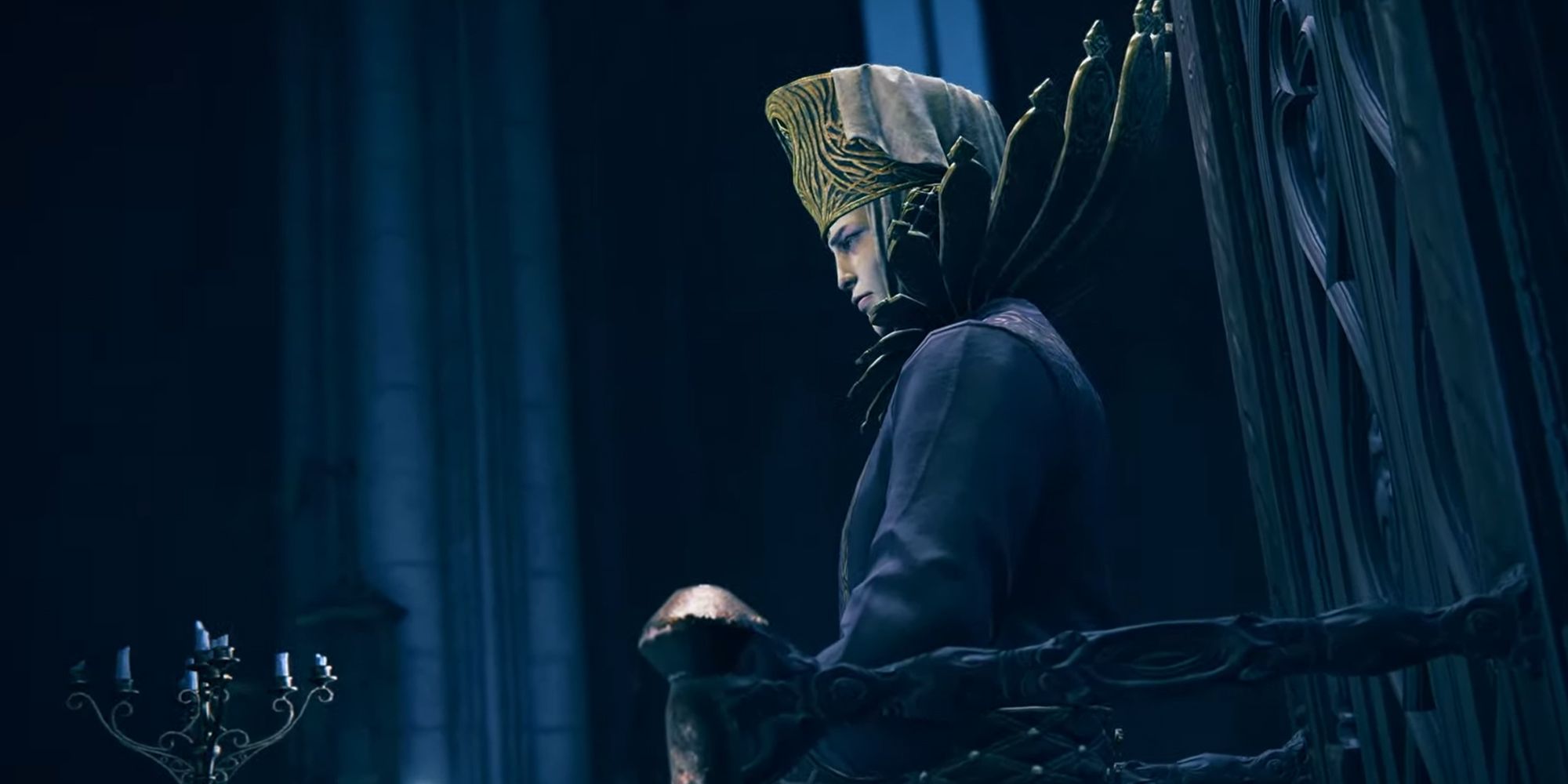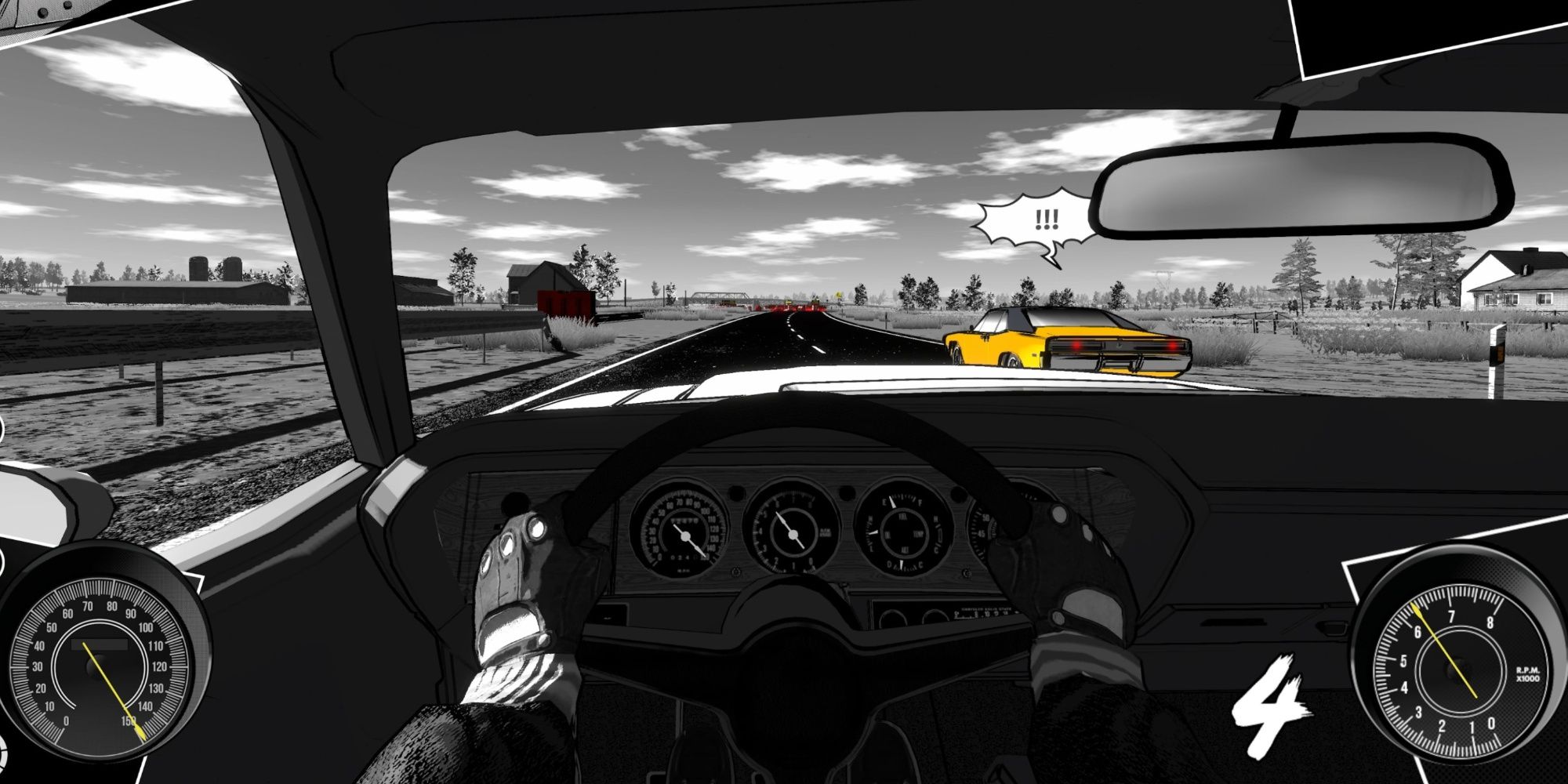Deathbound, at first, looks like any other
Soulslike
. As I start the demo for Trialforge Studio’s new game on the
PAX East
showfloor, I am a character I’ve played dozens of times before: a guy in armor with a big heavy weapon. But the longer I play, the more I realize that not everything is as I expect.
My first expectation, formed upon seeing my character’s design, was that I was inhabiting a medieval fantasy world. But then I found an elevator. Not a
Bloodborne
or
Elden Ring
-style elevator, where you stand on a pressure plate at the center of the platform and listen as a pulley system springs into action. No, it was the kind of elevator that was waiting for me when I got back to my hotel after a long day at PAX — the modern kind with a panel that lights up and smooth, silent vertical movement.

Related
Elden Ring PSA: Don’t Play Shadow Of The Erdtree On NG+
Elden Ring!, are you ready?
That elevator took me out of the dank, dark room where I started and onto the building’s roof where I got my first look at the outside world. It, too, was modern, with square concrete buildings and paved streets. Those familiar structures were interrupted by huge vine-like growths that served as bridges my character could walk along to reach lower or higher areas.
Deathbound Is Dark Souls With A Quartet Of Heroes
The biggest surprise, though, was not
where
I was, but
who
I was. I was not just the guy in armor with a big hammer. I was also a futuristic ninja with dual knives, a Black woman with long-range magical powers, and a knight with a papal hat and claymore.
You’re not just playing a single character, you’re not just changing your armor and your weaponry, you’re changing the entirety of your character.
“It’s another Soulslike, of course, I know everyone says, another one, sure. But we’re a little bit different. You’re not just playing a single character, you’re not just changing your armor and your weaponry, you’re changing the entirety of your character,” says Sean Halliday, who handles comms for the game at publisher Tate Multimedia.
“Your character is this conduit of dead people. You go around the world, you’re going to find these characters that have been slain. You’re going to embrace them, suck their soul in… You’re getting their play style. You’re getting their abilities. You’re getting a little bit about who they are as well, and from then, you start building a party.”
Deathbound Has More Heroes To Discover
Though I had access to four characters that I could instantaneously swap between in the demo, Halliday says that there will be seven or eight in the final game. It isn’t just that you can play as four characters – there’s also major interplay between the quartet in your party.
“So if you’re using the healing item, you’ll heal the character you’re playing as, but your inactive characters will lose health,” Halliday says. “This is to stop people just sitting on one character because, when you lose health in the game, if you switch to another character and start to do damage, your inactive characters will gain health. So this is kind of a system that encourages you to switch, so you’re not just sitting on one.”
I’m all for this kind of system, the kind that creates interesting friction for the player. Give me
Doom
‘s Glory Kill health pinatas over Call of Duty’s hide-and-heal any day. Deathbound seems to be in that tradition, using all of the mechanics at its disposal to realize its character-hopping story. I can’t wait to see more when it launches later this year.

Next
Heading Out Is Sin City On The Open Road
In our PAX East preview, Heading Out was the only racing game we’ve seen that’s black and white and red all over.














